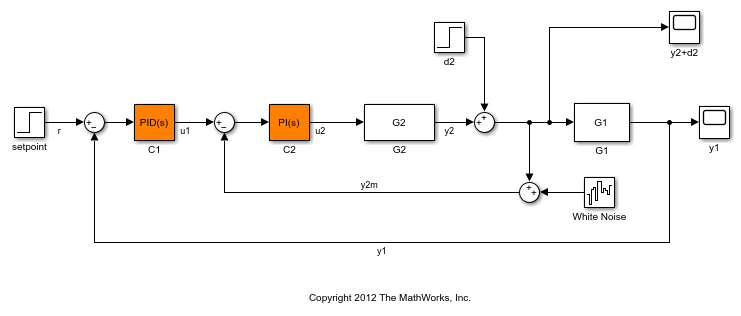

These Gain blocks should contain for each of the masses. Signal lines and entering the desired label. This is accomplished by double-clicking in the space above each of the two "Sum_F2" in order to make your model more clear. Your model and attach each one with a line from the output of one of the Sum blocks. Now drag two Gain blocks (from the Math Operations Library) into Multiplying each output signalīy will give us the corresponding acceleration of each mass. The outputs of each of these Sum blocks represents the sum of the forces acting on each mass. Model window and place them approximately as shown in the figure below. Then drag two Sum blocks (from the Math Operations library) into your First, open Simulink and open a new model window. Two copies (one for each mass) of the general expression or. This set of system equations can now be represented graphically without further manipulation. Velocities and normal forces (which are equal to the weight forces).Īpplying Newton's second law in the horizontal direction based on the above free-body diagrams leads to the following governing The rolling resistance forces are modeled as being linearly proportional to the product of the corresponding Here it is assumed that the spring is undeformed when and equal zero. We will model the spring as generating a force that is linearly proportional to the deformation of the spring,, where and are the displacements of the engine and car, respectively.

Therefore, there will be no acceleration in the vertical direction. In the vertical direction, the weight forcesĪre balanced by the normal forces applied by the ground. The forces acting on the train car in the horizontal direction are the spring force and the rolling resistance. In this case, the forces acting on the engine in the horizontal direction are the spring force, the rolling resistance, and the force generated at the wheel/track interface. This is done below for our train system.įrom Newton's second law, we know that the sum of the forces acting on a body is equal to the product of the mass of the bodyĪnd its acceleration. The first step in deriving the mathematical equations that govern a physical system is to draw the free-body diagram(s) representing The force represents the force generated between the wheels of the engine and the track, while represents the coefficient of rolling friction.įree-body diagram and Newton's second law In other words, the coupling is modeled as a spring with a spring constant. Furthermore, the engine and car are connected via a coupling with stiffness. The mass of the engine and the car will be represented by and, respectively. It can track a constant speed command with minimal error in steady state. Assuming that the train only travels in oneĭimension (along the track), we want to apply control to the train so that it starts and comes to rest smoothly, and so that In this example, we will consider a toy train consisting of an engine and a car. Free-body diagram and Newton's second law.
#Control system using matlab simulink how to
This model is then employed in the Introduction: Simulink Control page in order to demonstrate how to employ Simulink to design and simulate the control for a system. In this page we will demonstrate how to derive a mathematical model and then implement that model in Simulink. In general, the mathematical equations representing a given system that serve as the basis for a Simulink model can be derivedįrom physical laws. The solutions to mathematical models that we are unable to, or don't wish to, solve "by hand." Simulink is able to numerically approximate

Of complicated systems that may be prohibitively difficult to analyze analytically. Simulink (and simulation in general) for the analysis of dynamic systems is that it allows us to quickly analyze the response One of the primary advantages of employing Libraries for representing various phenomena and models in a range of formats. A wide array of blocks are available to the user in provided Models are represented graphically in Simulink as block diagrams. In Simulink, it is very straightforward to represent and then simulate a mathematical model representing a physical system.


 0 kommentar(er)
0 kommentar(er)
